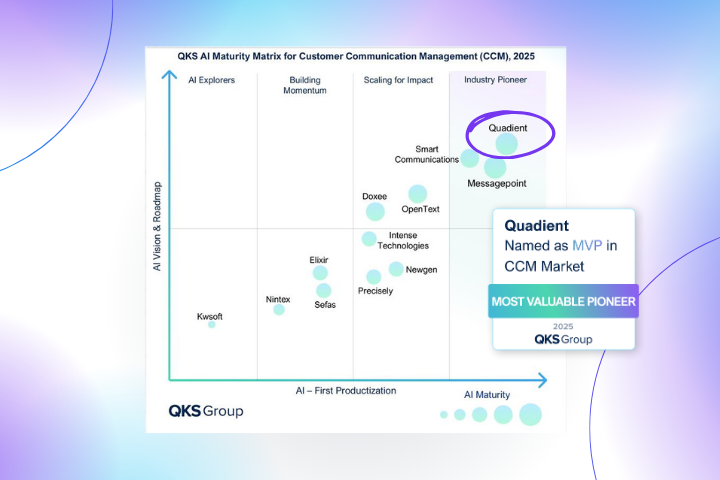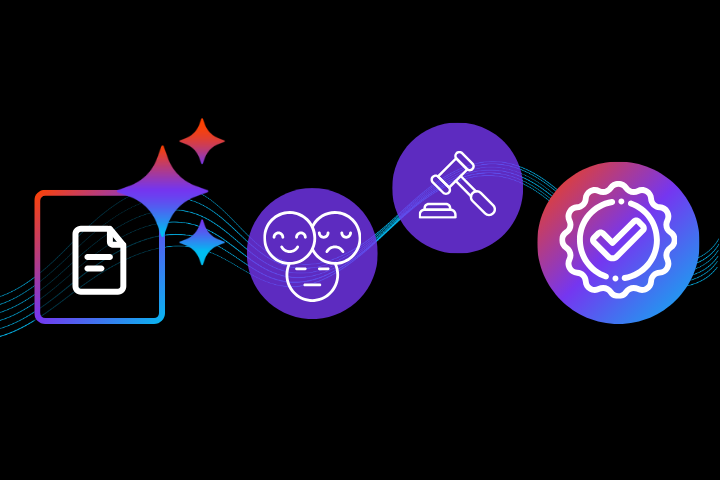
As 2023 draws to a close and finance teams look toward the New Year, one fact has become inescapably clear. Late payments continue to plague receivables. Organizations are holding onto their money for as long as possible, and it’s stifling cash flow.
According to Atradius, 55% of all B2B invoiced sales are currently overdue
As if that weren’t enough, Atradius has also found that bad debt impacts 9% of all B2B credit-based sales. With economic growth continuing to falter, those are numbers that no business can afford.
Inefficient receivables practices compound the problem, delaying a process that’s already affected by economic uncertainty. A common culprit within these is the need to navigate the complex requirements of your buyers’ AP portals.
The AP portal problem
Every day, your accounts receivable team has to deliver invoices to customers. For some teams, that means handling hundreds of different invoices on a monthly or even weekly basis. That task demands them to interact with a range of customer AP portals that have different requirements.
These are some of the most common AP portal challenges for AR teams:
- Excessive time and resources spent on manual data entry and loading invoices to AP portals.
- Delays in collecting cash and increased DSO due to manually keying in invoices that are waiting to be uploaded to a customer AP portal.
- An inability to deliver invoices according to customer expectations, such as the need to connect to a customer’s preferred portal.
A Portal Optimization Service is the solution to these challenges, helping AR teams expedite the process and collect payments faster.
How it works
A Portal Optimization Service team will provide workshops to understand your requirements and identify opportunities within your team’s keying-in process. You simply need to provide a table of your buyers, details of the AP portals your team interact with, and your invoice volume. These will then be used to determine the specific resources your department requires.
Depending on your requirements, the process can be automated, executed manually by our team, or managed using a combination of both approaches. The bottom line is that the task is taken off your plate, so you're able to focus on business priorities rather than burdensome processes.
The benefits
By making it easier for your team to submit customer invoices, you’ll benefit from:
- Faster invoice delivery, increasing the likelihood of timely payment.
- Improved customer relationships by satisfying AP portal requirements, no matter what system your customer uses.
- Increased visibility into invoice statuses. With a bi-directional process, information is relayed to Quadient AR on a cadence of your choice.
- More efficient use of time for AR staff, allowing them to focus on value-added activities like strategic collections management.
How quickly can I get up and running?
The implementation time for a Portal Optimization Service will depend on the number of portals you work with. In general, it takes 1-2 days per portal. The process includes:
- A demonstration of the service
- The creation of a step-by-step guide
- Verification that all data entered is accurate
Implementation of the dashboard typically takes one week, which allows the Optimization team to develop the process between the AR software and one AP portal, with an additional day required for each additional portal.
A smarter strategy for stronger AR
Discussing the challenges that businesses can expect in the coming year, Atradius noted, “the need for companies to implement effective cash flow management strategies to safeguard their financial health.” That means that financial success in the new year won’t come from business as usual.
Adopting a Portal Optimization Service helps you to get paid faster, improves customer relationships, and frees your AR team from manual tasks. It’s the strategic approach that your business needs to flourish, no matter what financial challenges you face.








